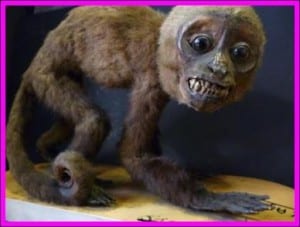Specimen of the Week: Week Twenty-Six
By Emma-Louise Nicholls, on 9 April 2012
 IT’S EASTER- YEAH!! I hope you are all suitably hyped up on excess chocolate from yesterday? I for one, had chocolate egg for dinner last night and breakfast this morning. I am going to give you absolutely no clues to today’s specimen because it is Easter and the blog is always topical (sort of) therefore the specimen requires no introduction. (I fear I may have just failed on both the ‘no clues’ and the ‘no introduction’ front.) This week’s specimen of the week is:
IT’S EASTER- YEAH!! I hope you are all suitably hyped up on excess chocolate from yesterday? I for one, had chocolate egg for dinner last night and breakfast this morning. I am going to give you absolutely no clues to today’s specimen because it is Easter and the blog is always topical (sort of) therefore the specimen requires no introduction. (I fear I may have just failed on both the ‘no clues’ and the ‘no introduction’ front.) This week’s specimen of the week is:
**!!!THE EASTER BUNNY!!!** (Pickled and stained red)

Preserved and stained common rabbit (Oryctolagus cuniculus) at the Grant Museum of Zoology. LDUCZ-Z2970
1) Contrary to popular belief, the Easter bunny does not require strong coffee and matchsticks for his eyelids, to deliver a trillion chocolate eggs over Easter. Rabbits are actually both crepuscular (active during dawn and dusk) and nocturnal. So, he can go all night long, and work through the following morning too. If he were a true wild rabbit however, he would be more likely to be diurnal (active during the day), as rabbits become more nocturnal when frequently disturbed by human activity.
2) The Easter bunny does not just eat chocolate eggs. Rabbits do not have a specialised diet and will feed on a wide variety of vegetation including grasses, tree bark, crops, and herbs.
3) The underground systems called warrens, in which the Easter bunny stores his chocolate eggs ready for Easter, are always dug by the female rabbits.
4) The Easter bunny may be a bossy boots, but he is only dominant over the other male rabbits. The female rabbits have their own, separate hierarchy.
 5) Our Easter bunny has been stained red (see image above) with alizarin; an organic compound that acts as a dye. The point of the staining is not just to make the Easter bunny look pretty, it also allows for the study of bones and other tissues that contain calcium. Something us scientists like to do.
5) Our Easter bunny has been stained red (see image above) with alizarin; an organic compound that acts as a dye. The point of the staining is not just to make the Easter bunny look pretty, it also allows for the study of bones and other tissues that contain calcium. Something us scientists like to do.
Happy Easter to you all from everyone at the Grant Museum!
 Close
Close

